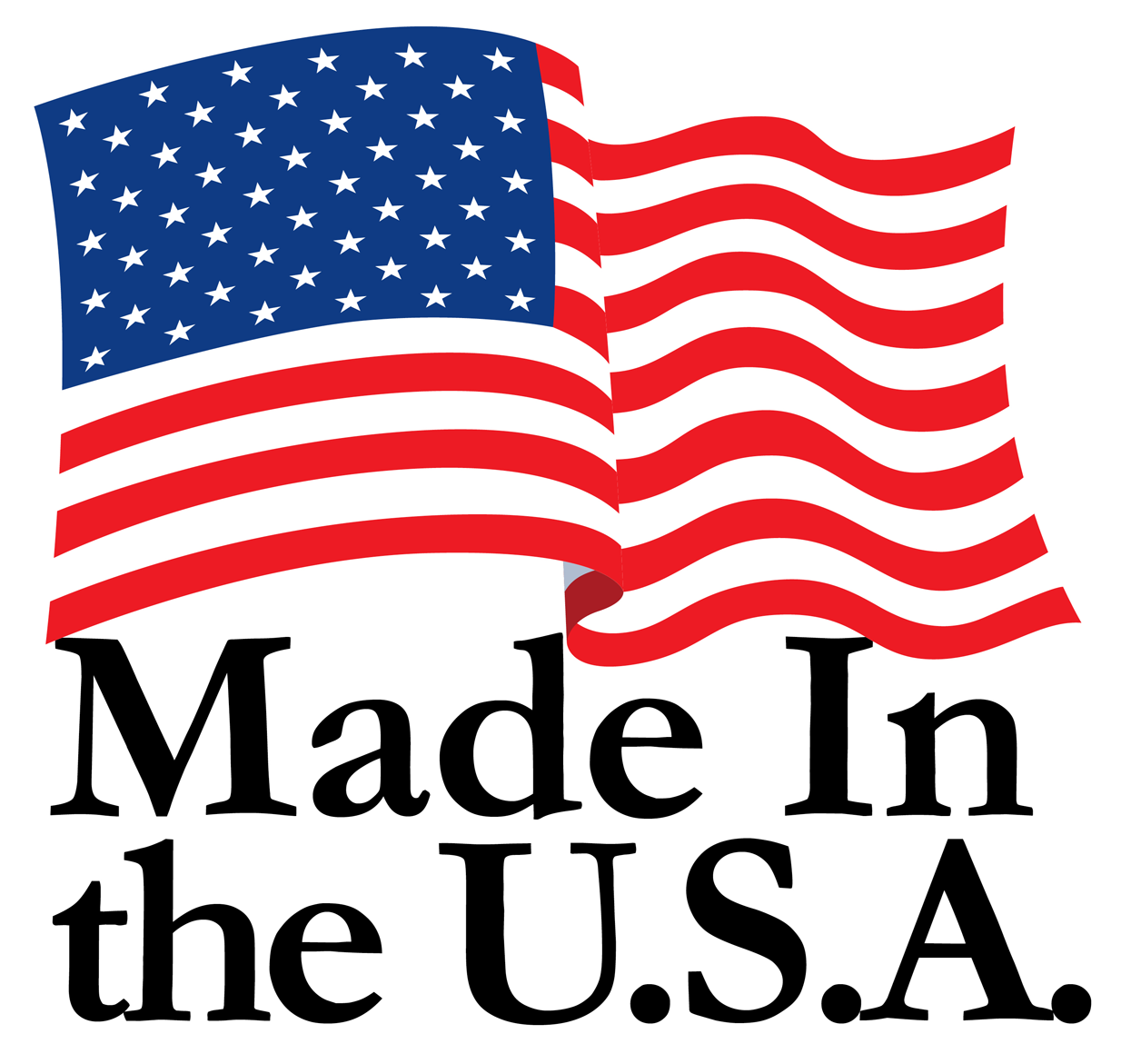![]() Answer: Aluminum alloys 1100 and 7075 are both widely used in various industries due to their distinct properties, offering significant advantages in applications ranging from chemical processing to aerospace manufacturing. These alloys are part of the wrought aluminum series, with 1100 being non-heat-treatable and 7075 heat-treatable, valued for their corrosion resistance and mechanical properties.
Answer: Aluminum alloys 1100 and 7075 are both widely used in various industries due to their distinct properties, offering significant advantages in applications ranging from chemical processing to aerospace manufacturing. These alloys are part of the wrought aluminum series, with 1100 being non-heat-treatable and 7075 heat-treatable, valued for their corrosion resistance and mechanical properties.
Comparison Table
The following table summarizes the key differences for a quick reference:
|
Property |
Aluminum 1100 |
Aluminum 7075 |
|
Composition |
≥99% Al, minimal alloying |
Zn 5.1-6.1%, Mg 2.1-2.9%, Cu 1.2-1.6% |
|
Tensile Strength (MPa) |
~90 |
510–540 (T6 temper) |
|
Yield Strength (MPa) |
~35 |
430–480 (T6 temper) |
|
Hardness (HB) |
23–45 |
150–190 |
|
Corrosion Resistance |
Excellent |
Good, may need coatings |
|
Electrical Conductivity (% IACS) |
61 |
37 |
|
Thermal Conductivity (W/m-K) |
221 |
130 |
|
Formability |
Excellent, highly ductile |
Poor, less ductile |
|
Weldability |
Excellent |
Poor, requires special techniques |
|
Machinability |
Easy |
Challenging, needs proper tools |
|
Cost |
Lower, due to simplicity |
Higher, due to alloy complexity |
|
Typical Applications |
Heat exchangers, decorative trim |
Aerospace, military hardware |
Composition
- Alloy 1100: This is a non-heat-treatable alloy with a minimum aluminum content of 99%, making it one of the purest forms available. Its high purity contributes to excellent electrical and thermal conductivity, as well as superior corrosion resistance. It is part of the 1XXX series, which includes other pure aluminum grades like 1050 and 1200, and is available in tempers such as O, H12, and H18.
- Alloy 7075: This is a heat-treatable alloy from the 7000 series, primarily alloyed with zinc (5.1-6.1%), magnesium (2.1-2.9%), and copper (1.2-1.6%). These alloying elements enhance its mechanical properties, particularly its strength, but reduce its formability and corrosion resistance compared to purer alloys like 1100. It is commonly used in T6 temper, achieved through solution heat treatment and aging, as described in 7075 Aluminum: Get to Know its Properties and Uses.
Mechanical Properties
- Strength and Hardness:
- 1100: Has low tensile strength (around 90 MPa) and yield strength (around 35 MPa), with a hardness of 23–45 HB, reflecting its softness and ductility. This makes it suitable for applications where high strength is not a priority.
- 7075: Offers much higher tensile strength (510–540 MPa in T6 temper) and yield strength (430–480 MPa), with a hardness of 150–190 HB, making it one of the strongest aluminum alloys available, comparable to many types of steel. This strength is derived from finely dispersed precipitates within grains and along grain boundaries.
- Ductility:
- 1100: Highly ductile, with excellent formability, allowing it to be easily shaped into complex designs.
- 7075: Less ductile due to its high strength, which limits its formability compared to 1100, as described in All About 7075 Aluminum Alloy.
Corrosion Resistance
- 1100: Exhibits excellent corrosion resistance due to its high purity and the formation of a natural oxide layer. It is particularly resistant to atmospheric and chemical corrosion, making it ideal for applications in harsh environments
- 7075: Has good corrosion resistance but is not as corrosion-resistant as 1100. Its alloying elements, especially copper, can make it more susceptible to certain types of corrosion, such as stress corrosion cracking, if not properly treated or coated, as mentioned in 7075 Aluminum VS Steel. It often requires protective coatings for marine or outdoor applications.
Conductivity
- Electrical Conductivity:
- 1100: Has high electrical conductivity (around 61% IACS), making it suitable for electrical applications like wiring and busbars, as per Aluminum Technical Info.
- 7075: Has lower electrical conductivity (around 37% IACS) due to its alloying elements, which reduce its suitability for electrical applications, as noted in the same source.
- Thermal Conductivity:
- 1100: Offers high thermal conductivity (221 W/m-K), ideal for heat exchangers and other thermal management applications.
- 7075: Has lower thermal conductivity (130 W/m-K), which is less ideal for applications requiring efficient heat transfer, as mentioned in 7075 Aluminum: Get to Know its Properties and Uses.
Applications
- 1100:
- Used in applications where corrosion resistance, formability, and conductivity are critical, such as:
- Heat exchangers
- Chemical processing equipment
- Decorative trim
- Electrical components (e.g., wiring, transformer coils).
- Used in applications where corrosion resistance, formability, and conductivity are critical, such as:
- 7075:
- Used in high-strength, high-stress applications, such as:
- Aerospace components (e.g., aircraft wings, fuselage)
- Military hardware (e.g., M16 rifle components)
- Bicycle frames
- Automotive parts requiring lightweight strength.
- Used in high-strength, high-stress applications, such as:
Weldability and Machinability
- Weldability:
- 1100: Highly weldable due to its low alloy content, making it easy to join using various welding methods.
- 7075: Poor weldability due to its high alloy content, which can lead to cracking during welding. Special techniques or filler materials are often required.
- Machinability:
- 1100: Easy to machine due to its softness and ductility.
- 7075: More challenging to machine due to its high strength and hardness, but it can be machined with the right tools and techniques.
Cost
- 1100: Generally less expensive due to its simple composition and lower alloying content, as inferred from its purity and common use in cost-sensitive application.
- 7075: More expensive due to its complex alloying elements and the specialized processes required for its production and heat treatment.
